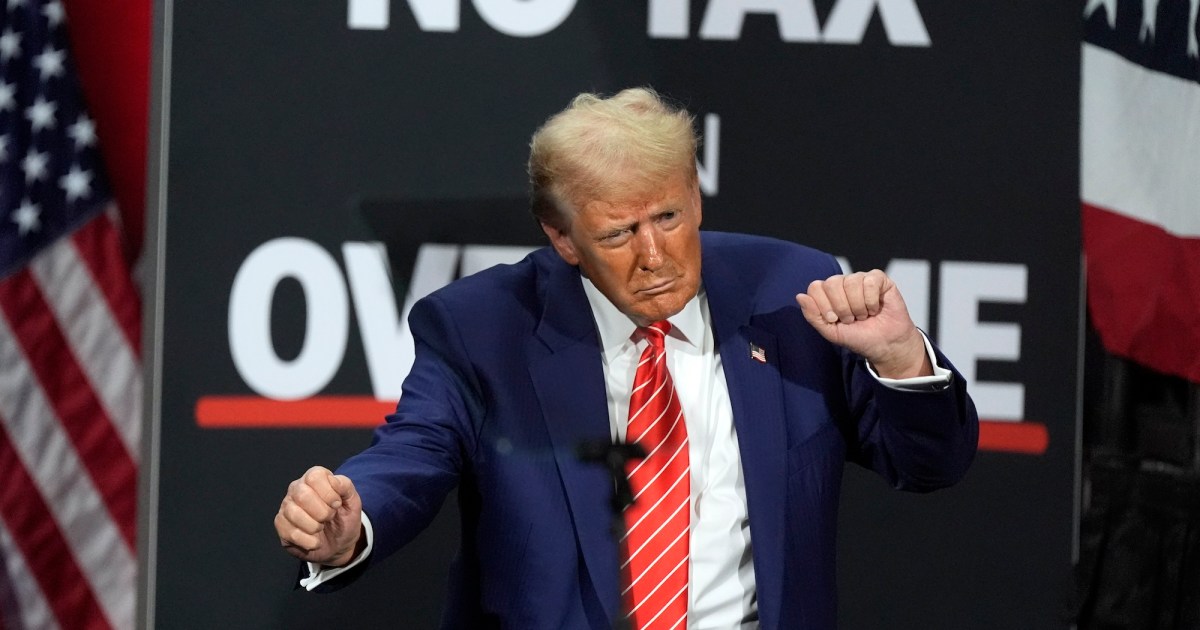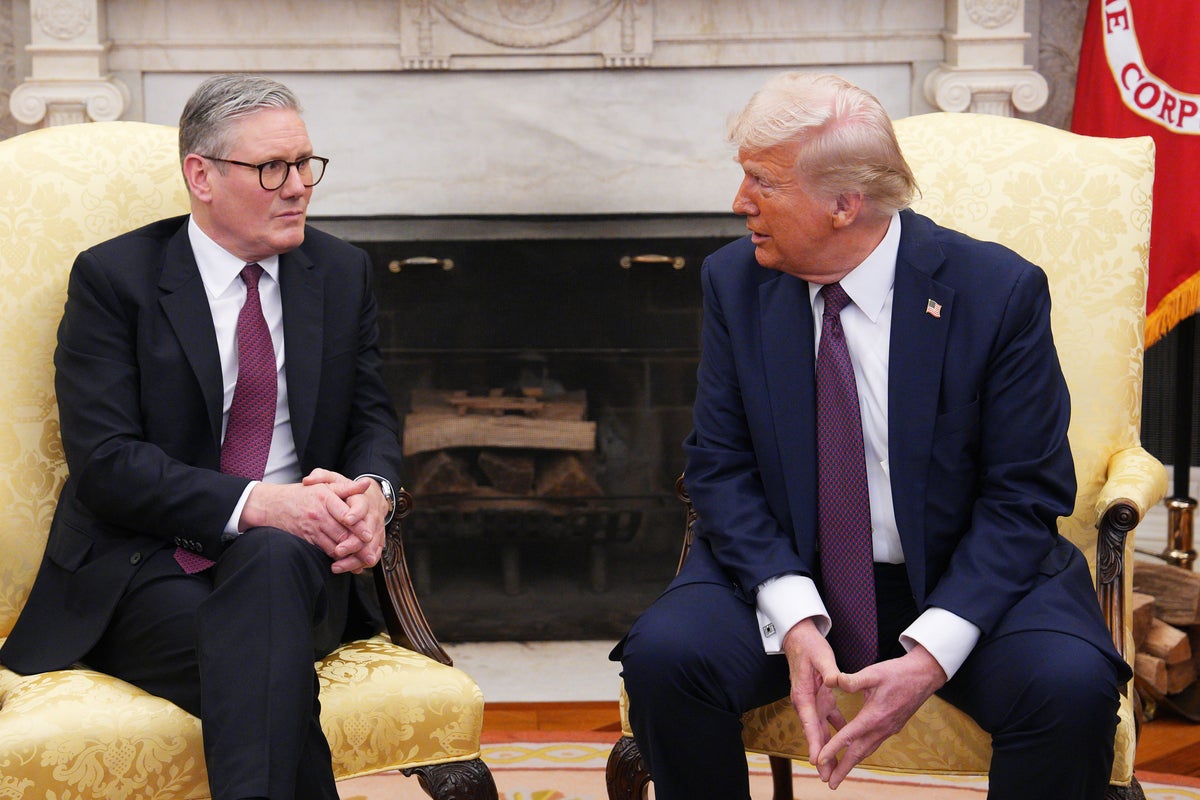On Friday evening, Moody’s downgraded the United States’ overall credit-rating—from the highest level of AAA—to one notch lower, AA1, based on years of rising debt and Donald Trump’s tax cut plan, which the non-partisan Committee for a Responsible Budget has calculated could add $2.5 trillion more in debt.
The rating is important because it is a marker of how stable the US economy is, and how likely the US is to be able to pay back its debt to lenders. Moody’s is the last of the three major credit rating agencies to lower the U.S. rating—Fitch Ratings and S&P Global Ratings lowered theirs in 2023 and 2011, respectively.
On one level, the change is monumental: Since 1919 Moody’s has consistently assigned the U.S. government it’s highest credit rating and has held the U.S. as a gold standard. Any downgrading is a major symbol that global investors no longer trust the United States as much as they have for more than 100 years.
Practically, the change doesn’t mean much in terms of the country’s ability to borrow money—with a rating off AA1, the U.S. is still miles above anything resembling a credit risk for most lenders. However, the most concrete implications are likely to be for consumers: While lenders will still offer the US loans, they may ask for higher returns, which will likely get passed down the line into the consumer lending markets. That could mean higher interest rates for everyday people trying to borrow money for homes, cars, and more.
According to Moody’s, the rating was downgraded for a simple reason: Congress keeps cutting taxes, which means the government is bringing in less money but still spending heavily.
“Over more than a decade, U.S. federal debt has risen sharply due to continuous fiscal deficits. During that time, federal spending has increased while tax cuts have reduced government revenues,” Moody’s statement reads. “As deficits and debt have grown, and interest rates have risen, interest payments on government debt have increased markedly.”
Moody’s cited the administration’s plans to extend it’s 2017 tax breaks even further while continuing to spend as reason for the downgrade. The silver lining, if there is one, is that Moody’s said the U.S. economy is unique in its power and resilience, and did not see any changes to the U.S. system of checks and balances.
The Trump administration’s initial response suggested they weren’t taking the downgrade very seriously.
Steven Cheung, a White House spokesman, responded by posting a rant on X, assailing an analyst for Moody’s Analytics who is frequently critical of Trump.
Cheung was apparently unaware that Moody’s Analytics is a separate company from the credit rating agency and Zandi had no involvement with the downgrade.















